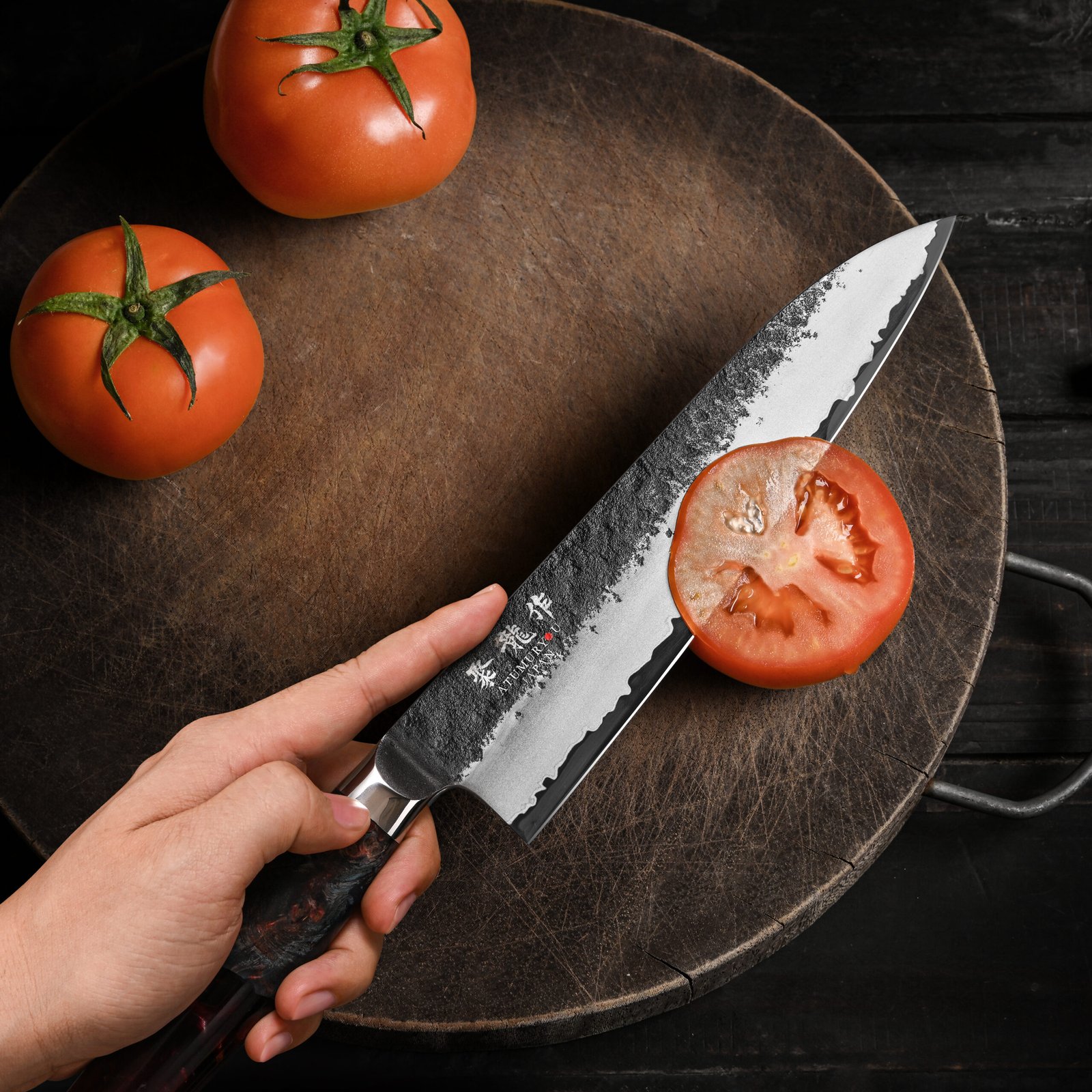Beautiful Plants For Your Interior

Japanese chef knives are precision tools, and while they can elevate your cooking, they also require proper handling. Here are the five most common mistakes people make—and how to avoid them to get the most from your investment.
- Cutting on the Wrong Surface
Mistake: Using hard surfaces like glass, marble, or ceramic plates.
Why it’s bad: These surfaces dull or chip your fine edge quickly.
Solution: Always use a wood or soft plastic cutting board. - Using the Knife to Cut Bones or Frozen Foods
Mistake: Treating your knife like a cleaver.
Why it’s bad: Japanese blades are hard and thin—they can chip under too much force.
Solution: Use a bone saw or cleaver for tough jobs. Japanese knives are for precision, not brute strength. - Leaving the Knife Wet or Dirty
Mistake: Letting the knife sit in the sink or air dry after washing.
Why it’s bad: Water can cause corrosion, especially on high-carbon steels.
Solution: Wash immediately by hand, dry with a towel, and store properly. - Incorrect Sharpening Techniques
Mistake: Using electric sharpeners or pull-through gadgets.
Why it’s bad: These remove too much metal and destroy the edge geometry.
Solution: Learn to use a whetstone or have your knife professionally sharpened. - Improper Storage
Mistake: Tossing the knife in a drawer or leaving it uncovered.
Why it’s bad: It dulls the blade and increases the risk of accidents.
Solution: Use a knife sheath, magnetic strip, or dedicated knife stand.
Final Note: Japanese knives reward you with unmatched performance—but only if treated with the respect they deserve. Avoid these common pitfalls and your knife will stay sharp, safe, and beautiful for years.